Your cart is currently empty!
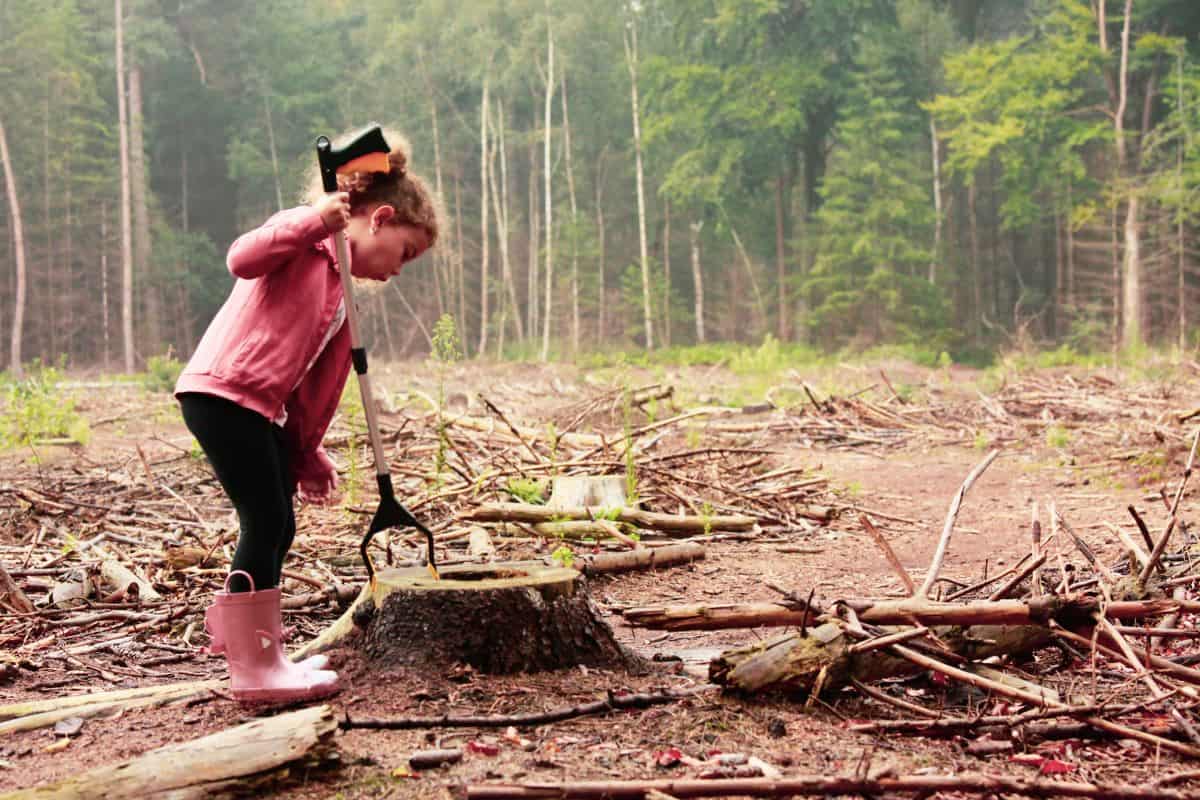
Garbage Collecting, Recycling, and Sustainability for Kids
Teaching our kids about the importance of taking care of our planet is one of the most important things we can do as parents. It can be scary to think of the state of the planet that we’re leaving to them. But there are lots of ways to get them involved, to lead by example, and to help them understand the importance of their actions. Today, Tine Voeten, Belgian mom of two, is here sharing tips for garage collecting, recycling, and sustainability for kids. She’s included two fun hands-on science experiments to teach kids about weather and the effects of climate change, as well as ways to get kids involved in recycling, and crafty ways to reuse waste.
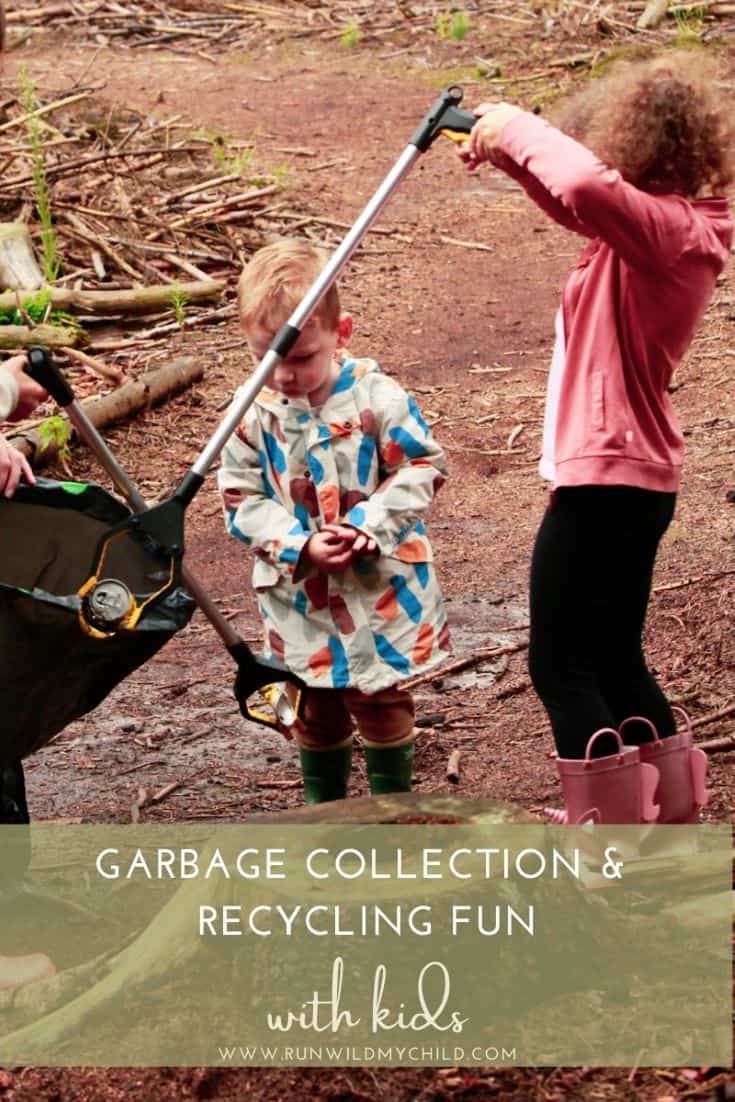
Talking to children about the environment
What crazy summer weather we all had, don’t you agree? All over the world, we have seen the results of climate change in the form of wildfires, record heat waves, drought, mudslides, and more. Environmental activism and climate change are quite heavy topics for kids. Nevertheless, raising awareness about our planet and what’s happening to nature is important for children.
And while these conversations are important and can sound intimidating, they don’t have to be dull and serious. There are plenty of ways to make learning about our planet (and all the ways we can help it) easy for kids to understand. Today, we’re going to discuss how you can make climate change, recycling, and garbage collection fun topics to talk about with your kids.
Talk to your kids about recycling
One of the easiest and most entertaining ways is to bring up conversations around climate change and how our behavior influences nature is by talking about recycling (and by the act of recycling). Recycling is the process of collecting and processing materials that would otherwise be thrown away as trash and turning them into new products. Recycling is important because it prevents further pollution and reduces the need to harvest new raw materials. Recycling can make a huge difference to our environment, our quality of life, and our future. It also saves energy and money, reduces greenhouse gas emissions, reduces the amount of waste that ends up in landfills, and allows products to be used to their fullest extent.
Small actions make a big impact
The first place to start is in your own home. Small changes in our everyday life can make a big impact. There are a wide range of materials that can be recycled through your curbside recycling program. These consist of obvious materials, including paper and glass, as well as less obvious materials, including most forms of metal, and even food. Knowing and understanding what can be recycled in your area, as well as properly sorting your recyclables is important in ensuring that the items in your recycling bin actually make it to your local recycling center, don’t slow down or burden the system, and in time, actually get turned into something new.
Just because you’re starting small doesn’t mean that your efforts are useless. Your actions will change more than you think. But, also try to think big with your kids. Look for ways to get them involved in the process and take ownership over their eco-friendly actions. One way to do this is to go on a garbage collection mission with the kids! Outdoor clean-up projects are the perfect way to talk to your kids about the importance of recycling, how imperative it is to live by “leave no trace” rules, and spend time outside together.
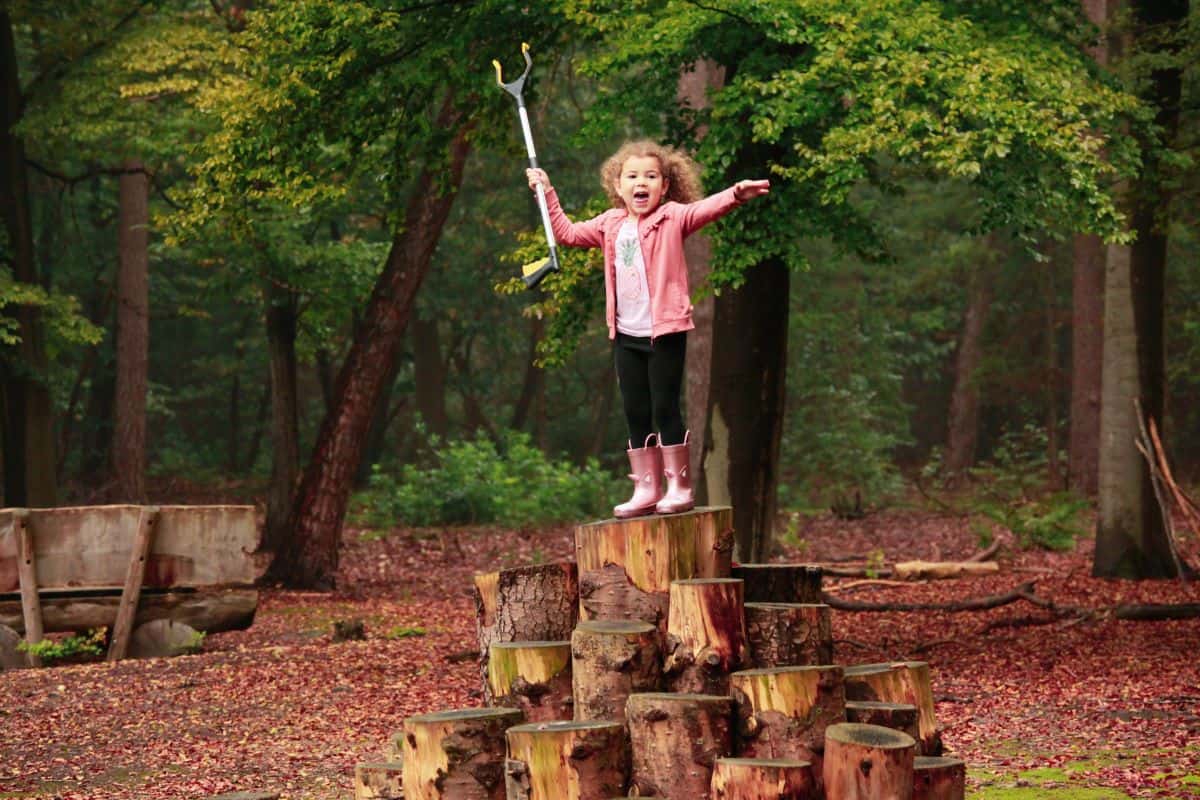
10 facts on recycling and waste
Before we get to the fun part of garbage collection with kids we should talk about what effect mankind already has on the climate. Here are 10 facts on recycling and waste that you can use to teach kids about the importance of reducing our footprint and making sustainable changes.
- One-third of the produced food is thrown in the garbage
- A variety of raw materials including paper, plastic, metal, glass, electronics, and textiles can be recycled
- Aluminum can be recycled forever without any loss of quality
- If you throw away your aluminum cans, they can stay in that can form for up to 500 years or more
- Half a million trees have to be cut down just to produce the Sunday newspaper each week
- Every minute forests the size of 20 football fields are cut down
- The average family uses 6 trees worth of paper each year
- Glass can be recycled over and over again
- Our plastic waste created a gigantic ‘plastic soup’ in the Pacific Ocean that’s 1.6 million square kilometers (which is twice the size of Texas)
- More than 1,200 species of fish and sea mammals are impacted by plastic, through ingestion or entanglement (both which can make them sick or kill them)
Inspiring change through hands-on learning
Giving them facts and info about our planet and consumption is one thing, but how do we inspire our littles ones to take action that will help make a difference? How can we teach them about taking care of our planet in a tangible way that will produce real results for the right reason?
We can start by showing them exactly how the climate works and what our effects are on the environment. Kids learn best by doing, by playing, by being a part of the action. Science experiments are one way that we like to teach our daughters about the world around us. Below, I’ll walk you through two cool experiments you can do with your kids at home to produce a cloud and demonstrate the effects of global warming on the ice caps. Both these experiments are interactive and creative ways to teach kids about weather and climate with hands-on science experiments.

Experiment 1 – Creating clouds
Our first hands-on science experiment is to create clouds! Most kids are disappointed when they realize that clouds aren’t made of cotton candy or pillow-fluff like they’re often depicted in cartoons. Unfortunately, you can’t sit on a cloud! Clouds are made of cold water vapor that is condensed into droplets of water around dust particles. This super fun and simple science experiment will help teach your kids about the physical changes and reactions that happen as clouds form within the atmosphere.
All you need is:
- Glass pot or another open container (we used a vase)
- Warm water
- A match
- A cold plate or lid to close the pot
Instructions:
- Pour a layer of warm water into the glass container and stir
- Light a match, blow it out and quickly drop it in the water
- Cover with a cold plate (We used a metal lid we put in the freezer. A plate with ice will also do the trick)
- Watch as a cloud of water vapor is produced in the container! You can remove the plate on top to see the result even better.
But what happens here?
Water vapor blends with soot/dust particles coming from the match. When these particles reach the cold surface on top, it cools down and condensates and forms a cloud. The same process happens outside in real life. The only difference is that the particles mixed in the vapor can consist of anything – dust, smog, pollution, etc. are all picked up.
This is the perfect experiment to show our children how clouds are created and formed. Don’t forget to highlight the difference between weather and climate. Weather is what we see when we get out of the house, very locally. This can change every day, and if you are lucky (as in Central-Europe) it changes every hour of the day. Our climate though is based on averages, taken over years and years and measured over bigger surfaces.
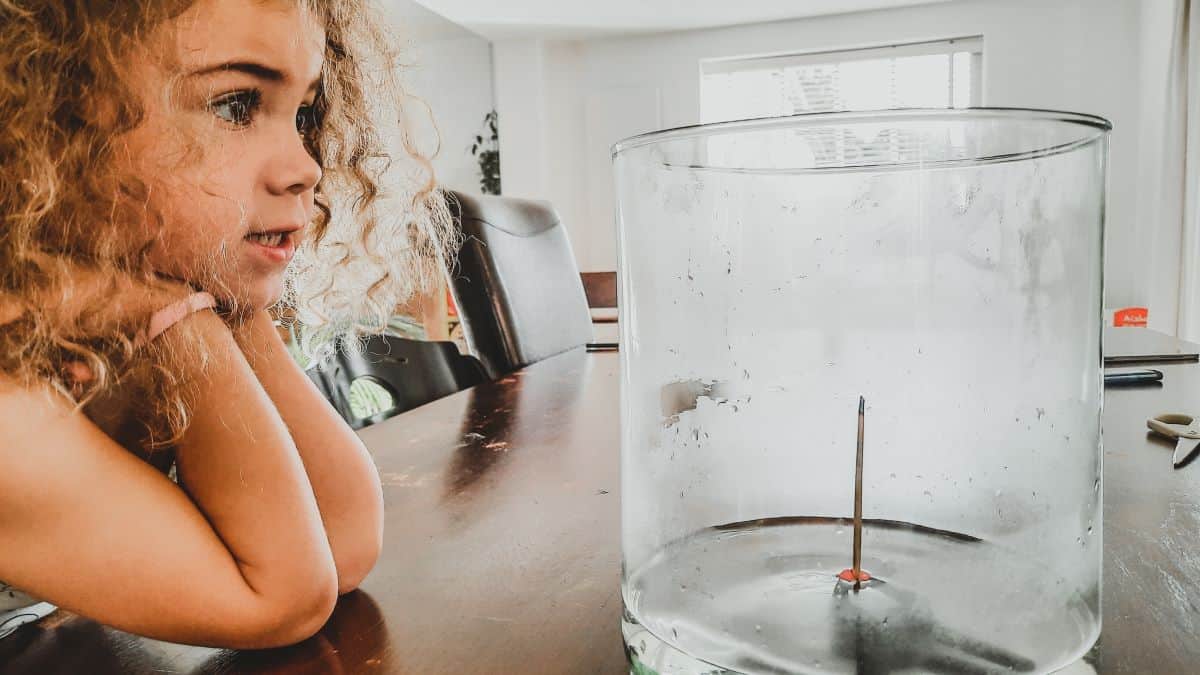
Experiment 2 – Melting ice caps
We’ve seen how water can be transformed from a liquid to a gas (above), now, let’s consider what happens when it’s changed from a solid (ice) to a liquid. At the North and South pole of our planet are expansive sheets of ice. This ice can have a significant impact on our entire planet’s climate. If the temperature of the air and water gets warm enough, the ice melts. And as the ice melts, water absorbs warmth from the sun (which white ice would’ve reflected back into space). The water warms, contributing to the increasing temperature of our planet. In addition, this melted freshwater can also change ocean currents, affect conditions for wildlife, and potentially contribute to extreme weather conditions. This melting ice caps experiment is easy to do, and helps demonstrate what climate change and global warming can do to our polar ice caps.
All you need is:
- A transparent container
- An object to use as a piece of land in the box
- Water
- Ice
Instructions:
- Place the ‘land’ in the box and add with some water, so that the land is not covered.
- Put some ice on top of the land.
- Check the level of the water in the box and note how much land is not covered.
- Wait until the ice melts.
- Investigate how the water level has changed. Observe whether the water level is higher or lower. Is more land covered with water now?
What happens here?
The melting ice represents the ice that is melting in the arctic region (parts of Russia, parts of Alaska, Northern parts of Canada, Iceland, Norway, Sweden, Finland, Greenland, and the Arctic Ocean). It shows the impact of the level of seawater and coast communities.
When you explain this experiment and its effects to your children, you can refer to the first experiment where warm water forms a cloud. The warmer the earth is getting, the more ice will melt, which will impact the level of the seawater.
Warning: Don’t expect great enthusiasm immediately with this experiment. It takes some time before the ice cubes melt, as you can see in the picture below.
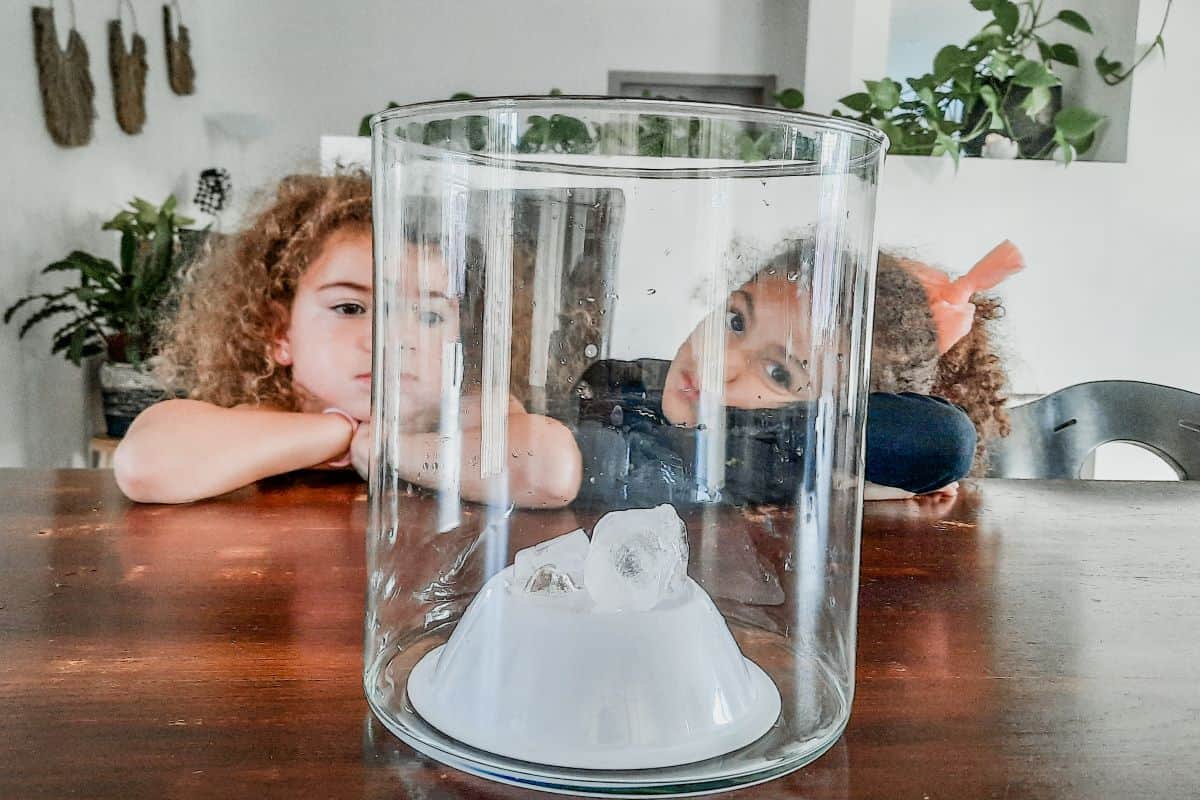
Recycling and sorting waste
Now that we know some of the science related to our planet and climate, it’s time to put that knowledge to good use with some tangible action to make a difference! Let’s start with recycling!
The first part of recycling is to sort your waste. Separating waste in a proper and correct way is the most basic thing you could do in order to preserve the environment. Knowing what can be recycled and what can’t in your city is essential to improving the operations of your local recycling facility, as well as ensuring that items that cannot be recycled curbside are being taken to the right place to be recycled. It may seem like a trivial thing, but this simple task actually has a significant impact on our planet.
Categories of waste and recyclables
Knowing what can and cannot be recycled in your area is one of the smartest things you can do to ensure that you are diverting as much of your waste from landfills as possible, while avoiding recycling contamination through proper separation. Here are the different categories of waste. Some of these categories can be recycled and others cannot.
- Organic waste: food waste, grass, leaves, eggshells, coffee grinds, tea bags
- Glass: white and colored glass
- Plastic/metal: plastic bottles, plastic packages, jars, cans
- Paper: cardboard, paper bags, paper cups, paper
- Toxic waste: printer ink, lightbulb, batteries, electronic waste
- Residue: whatever doesn’t fit the others, such as used diapers, animal waste.
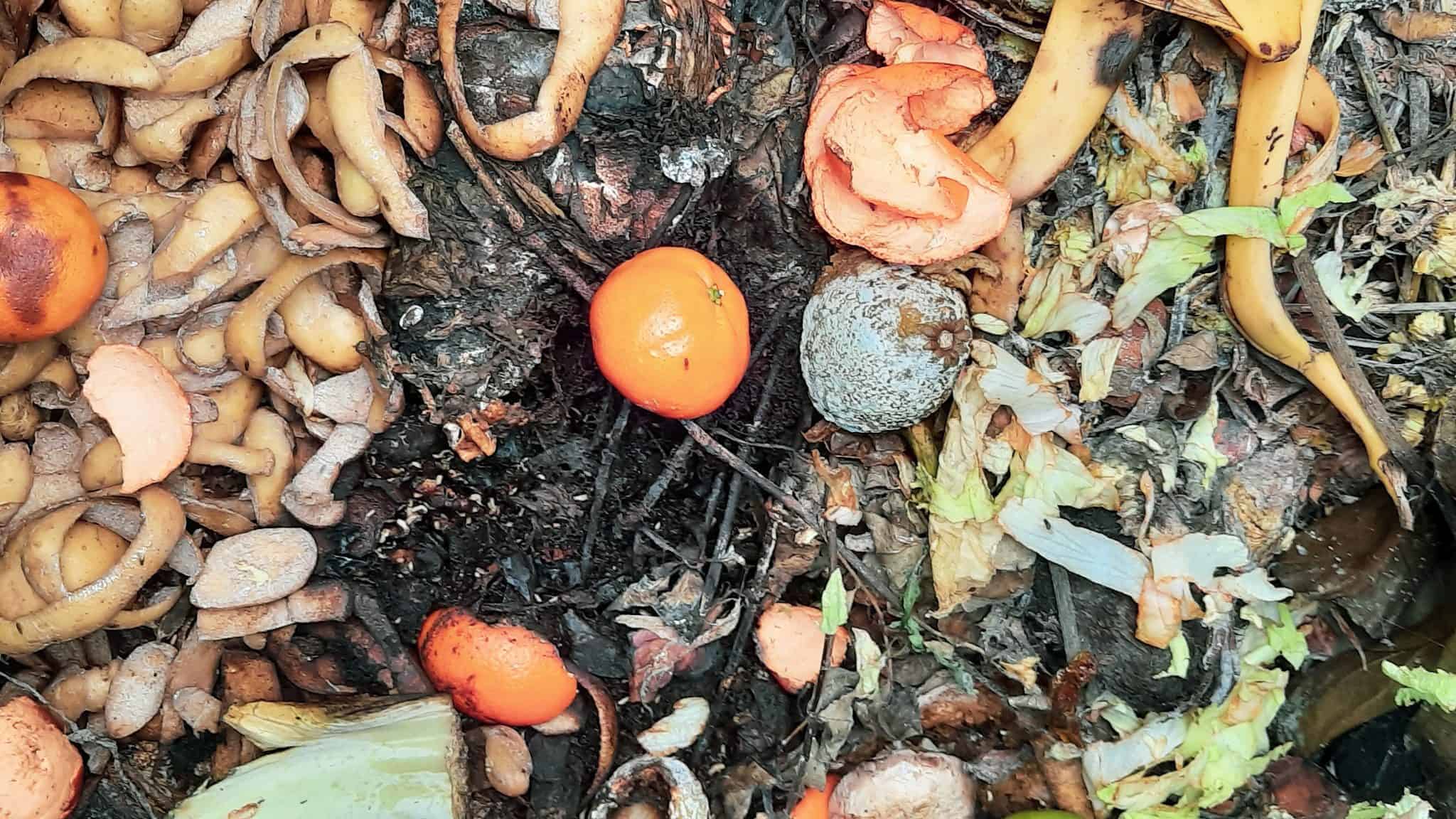
What can (and cannot) be recycled?
Recyclable items:
- Paper including newspapers, magazines, and mixed paper
- Cardboard
- Glass bottles and jars
- Rigid plastic products
- Metal containers, including tin, aluminum, and steel cans
Non-recyclable items:
- Greasy paper, such as oil-soaked paper plates and pizza boxes
- Used paper towels, tissues, and diapers
- Broken ceramics, light bulbs, and mirrors
- Film plastics, such as plastic bags, shrink wrap, and bubble wrap
- Styrofoam, otherwise known as expanded polystyrene
- Electronic waste (e-waste)
- Construction and demolition debris, such as concrete and drywall
- Carrier stock; the paper packaging around packs of drink cans

Getting kids involved in recycling and sorting waste
If you separate your waste in a proper way, you can help avoid 80% of your waste from going to landfill. And this is a great place where you can get the kids involved. Give them each some chores so they can help you separate waste properly to ensure that it gets recycled.
For example, one week, give one child the responsibility for paper waste and give another child the responsibility for organic waste. The child responsible for organic waste can use food scraps and such to add to the compost pile. We have our own compost pile and we use it to fertilize our plants in spring. The child in charge of paper waste can make sure that paper makes its way into the proper bin. That child can be in charge of disposing of (and eventually eliminating) items such as mail, newspapers and magazines, drawings, cardboard boxes, etc. Rotate the following week.
Garbage collection and clean up projects with kids
Another fantastic way to get the kids directly involved in helping out our planet is going hiking with one mission: garbage collection with kids. We bought ourselves a few waste sticks and some gloves and set out on our mission – to fill our garbage bag with waste.
When collecting litter and trash with kids, it’s important to be safe. While the areas next to roads or highways are often some of the most polluted areas, they’re often not safe for cleaning up with little kids. Save this project for a time you can go out without the little ones in tow.
Instead, take the kids hiking in a forest or to a local park or nearby pond/creek. These places are much more kid-friendly and you can almost always find something to pick up (unfortunately). Collect as much trash as you can and at the end of the day, your kids will feel proud of their work and the difference they ade. The next time you go out they will be more aware of what they find along the way.
A lot of schools organize events where they focus on garbage more and go picking in groups. These are fun, but cleaning up shouldn’t be limited to organized events. We want to make cleaning up after ourselves (and others) a habit in our children.
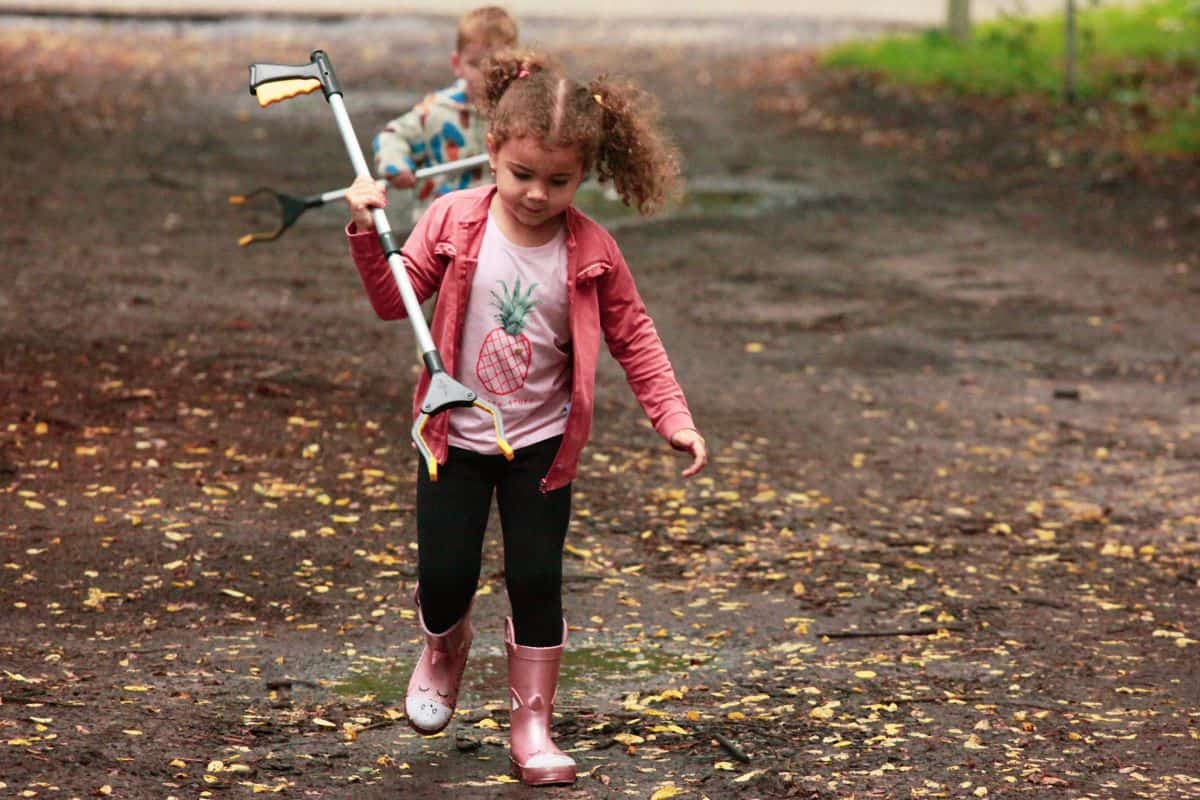
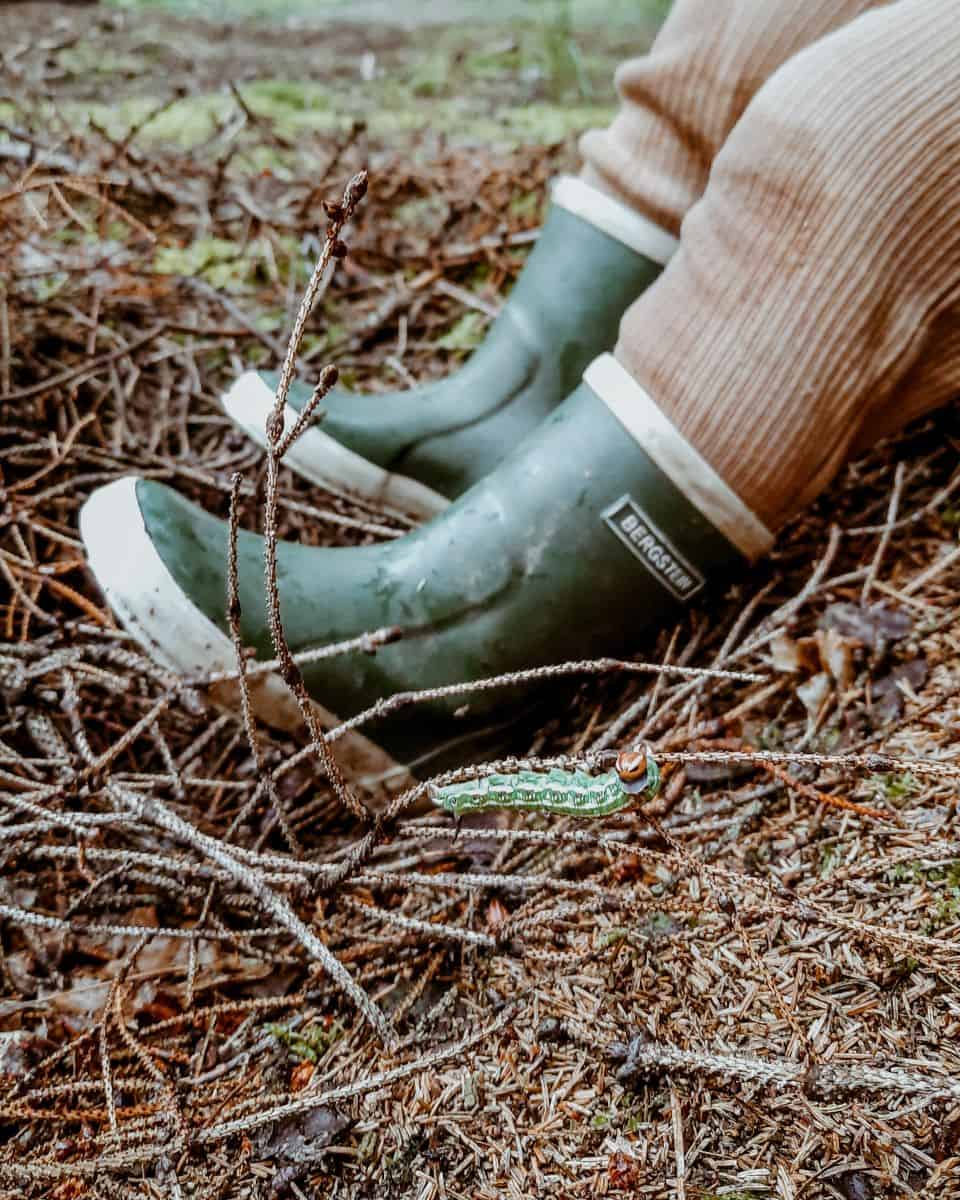
Getting crafty with garbage
Another way to extend the life out of items before throwing them away or recycling them is by using them in craft projects. You can create so many cool things with objects you usually throw away without even thinking twice.
Items such as bottles, bottlecaps, rolls of toilet paper, acorns, leaves, ice cream sticks, and can tabs can all become useful in new ways. You can create a sensory game for little ones. Or let your kids create a masterpiece with these simple but beautiful tools.
It’s amazing how happy those little ones are with their original artistic creations. From now on our kids never want us to waste another thing anymore. Even small paper wraps get reused and turned into something beautiful in this house! There is nothing the children cannot design, as long as you let them use their creativity. And the world is a better place because of this!
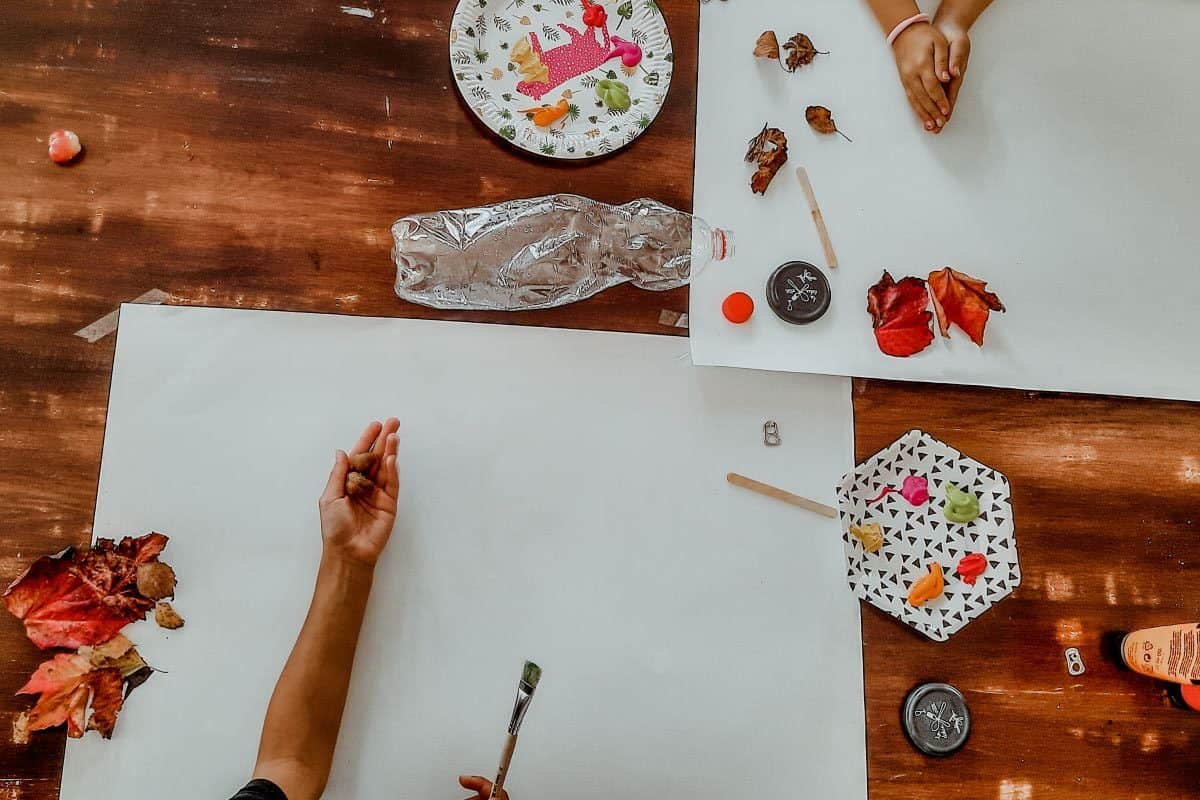
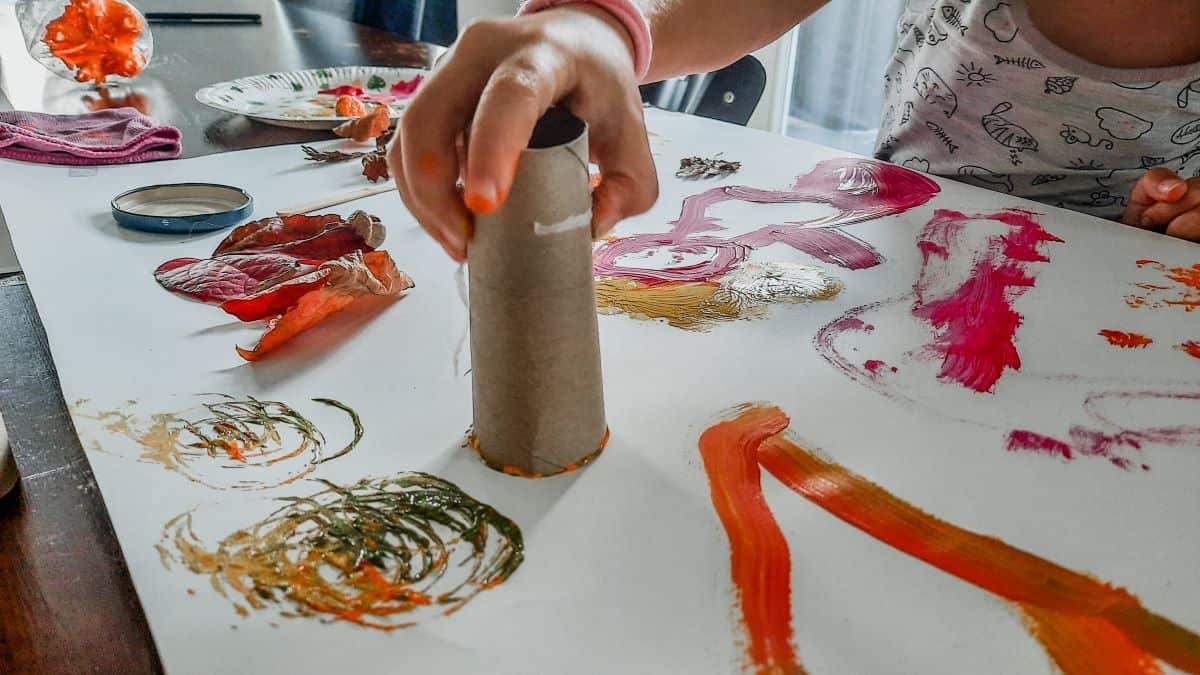

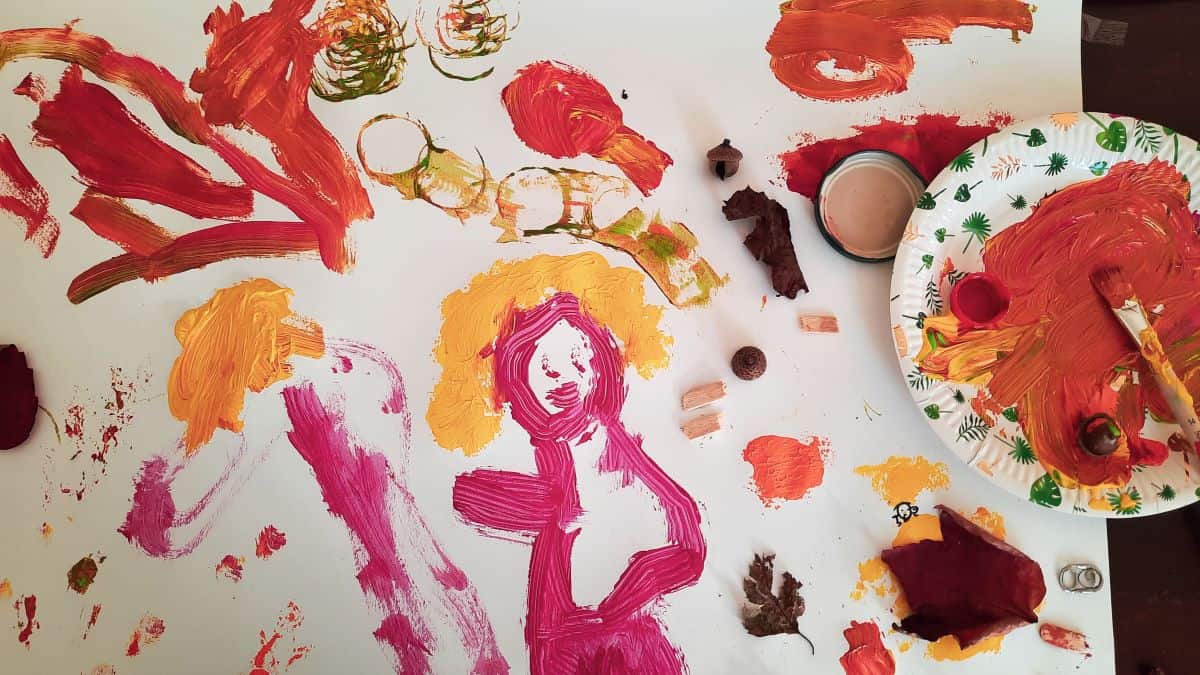
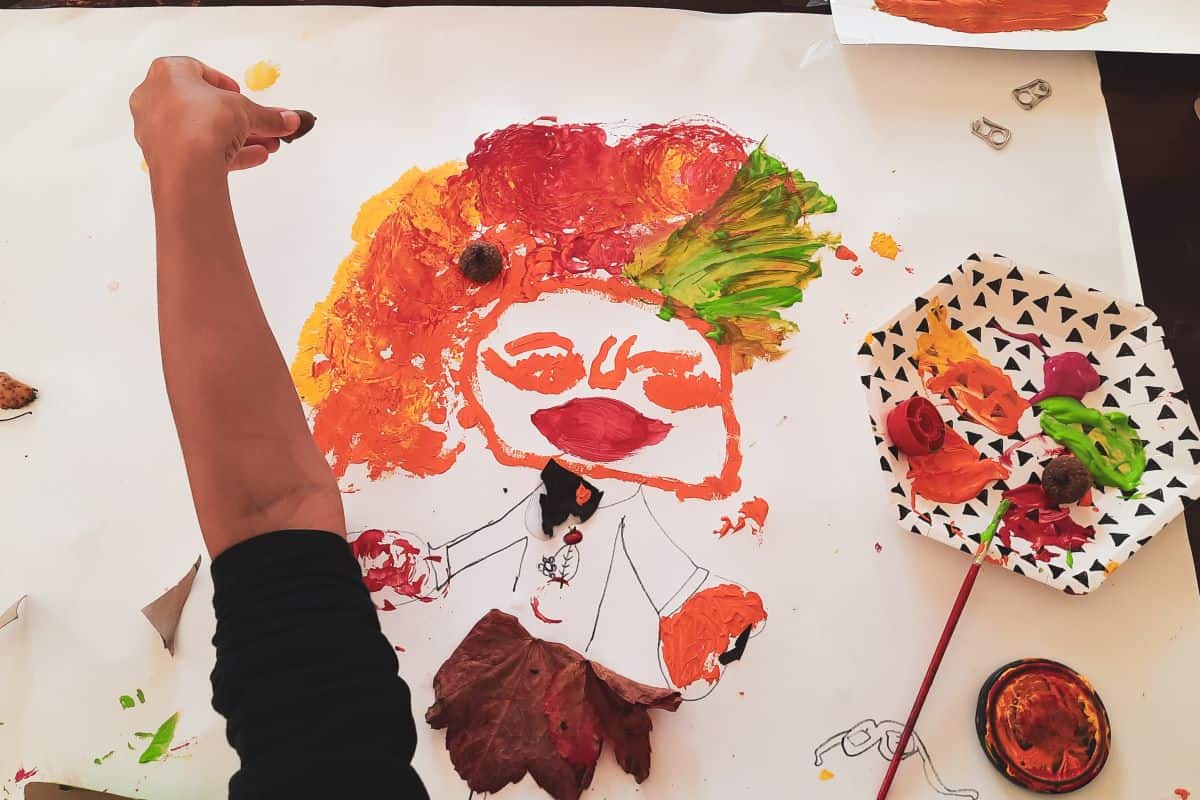
Making the world a better place
It’s never too early to start talking about sustainability with your children. Adults don’t give kids enough credit – they understand more than we often realize. The more time we spend discussing these issues and leading by example, the more our children will learn. Then we’ll have a whole generation of environmental thinkers and activists coming up after us.
We also know there is a lot of room for improvement when it comes to climate awareness, waste reduction, and recycling, amongst other environmental issues. Sustainability is a lifelong journey and one that we need to get our kids involved in. Sometimes the best way to start is, to begin with really small, manageable goals. One thing at a time. Take your time and continue your journey by making the next best choice. If you’d like some additional help with making small (but very important and impactful) eco-friendly changes in your house and life, check out our Earth Day Action Guide.
How do you get your kids involved in recycling and sustainability?
About the author
Tine is a natural-born adventurer from Belgium. She met her husband, soulmate, and the father of her two girls while working and living in the Dominican Republic. Nine years ago they moved back to Europe and are still exploring European grounds. Her happy place is wherever her kids are, but she spices up life by discovering unknown places, planning new adventures, and going outdoors as much as possible. Having kids added a big value to her life, because seeing life through the eyes of her little ones lifted it to a completely different dimension. Their family goal is to travel the world, living a location-independent lifestyle. The family is now working on a couple of projects to make this dream happen! In the meantime, they keep on exploring and Tine keeps on writing and inspiring other families to explore just like them.
You can find more from Tine online in the following locations:
Instagram: @kidsdelmundo
RWMC posts: Tine Voeten
Website: www.kidsdelmundo.com

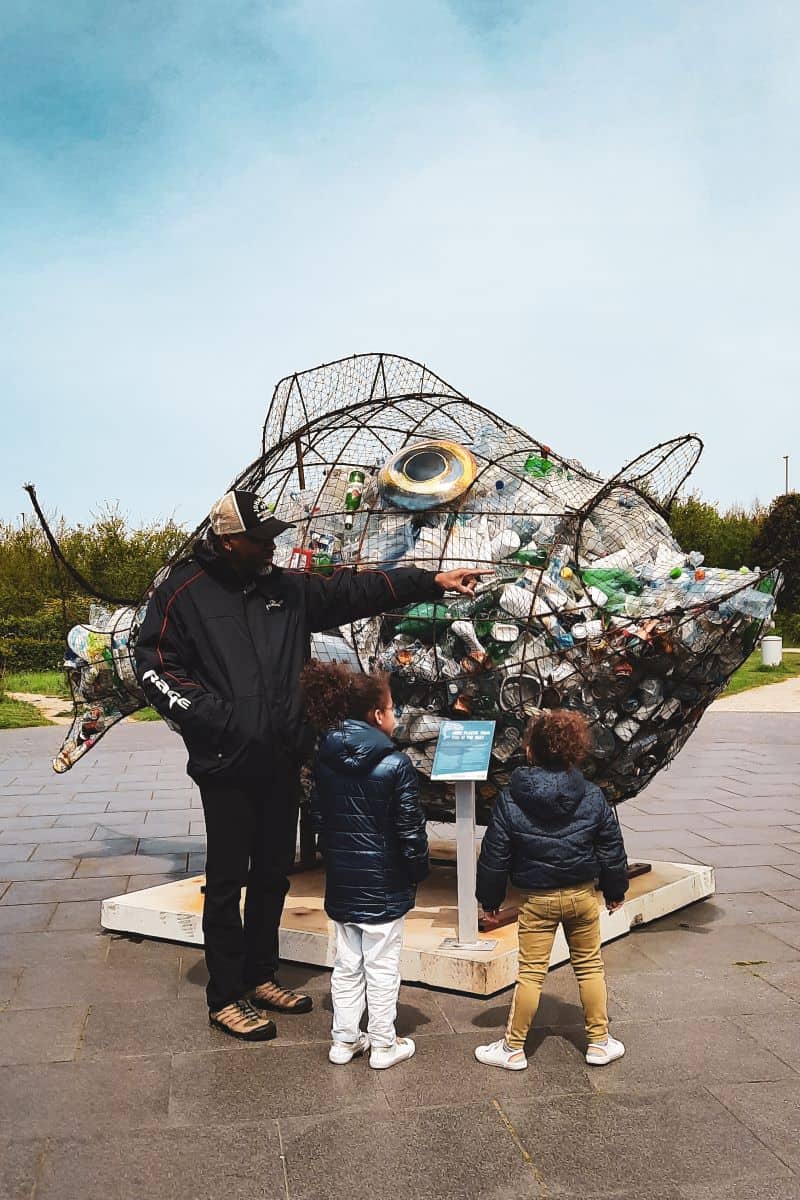
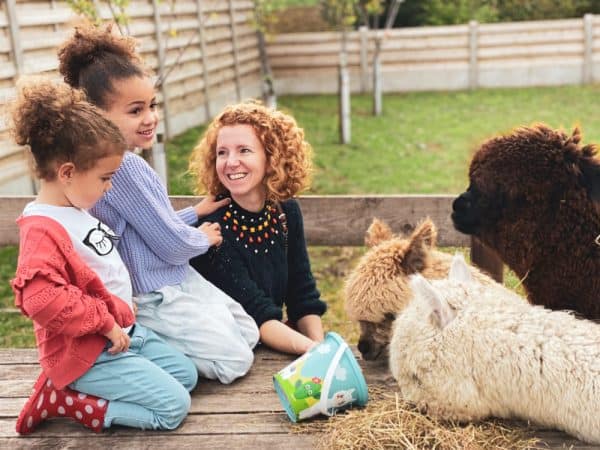
Leave a Reply